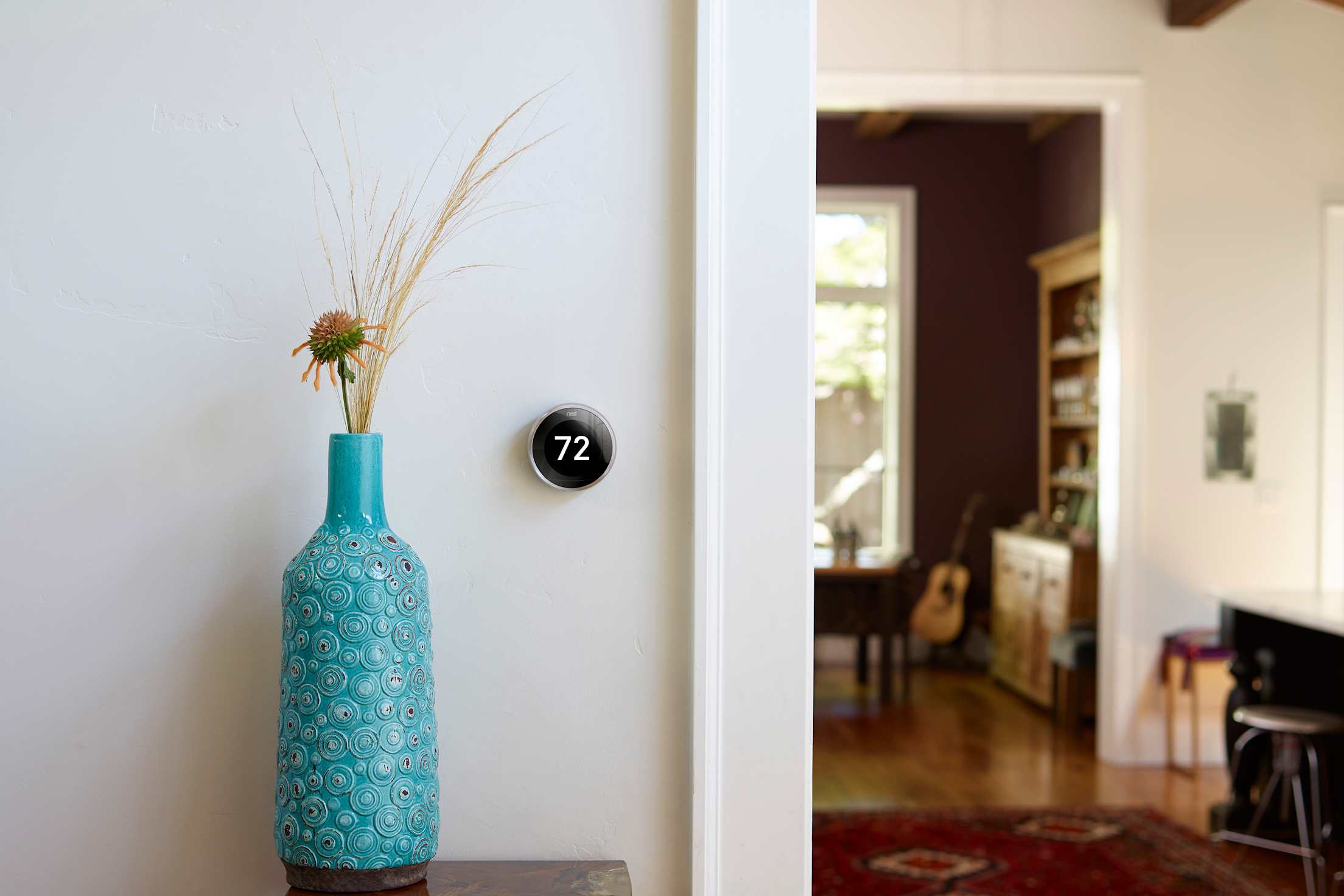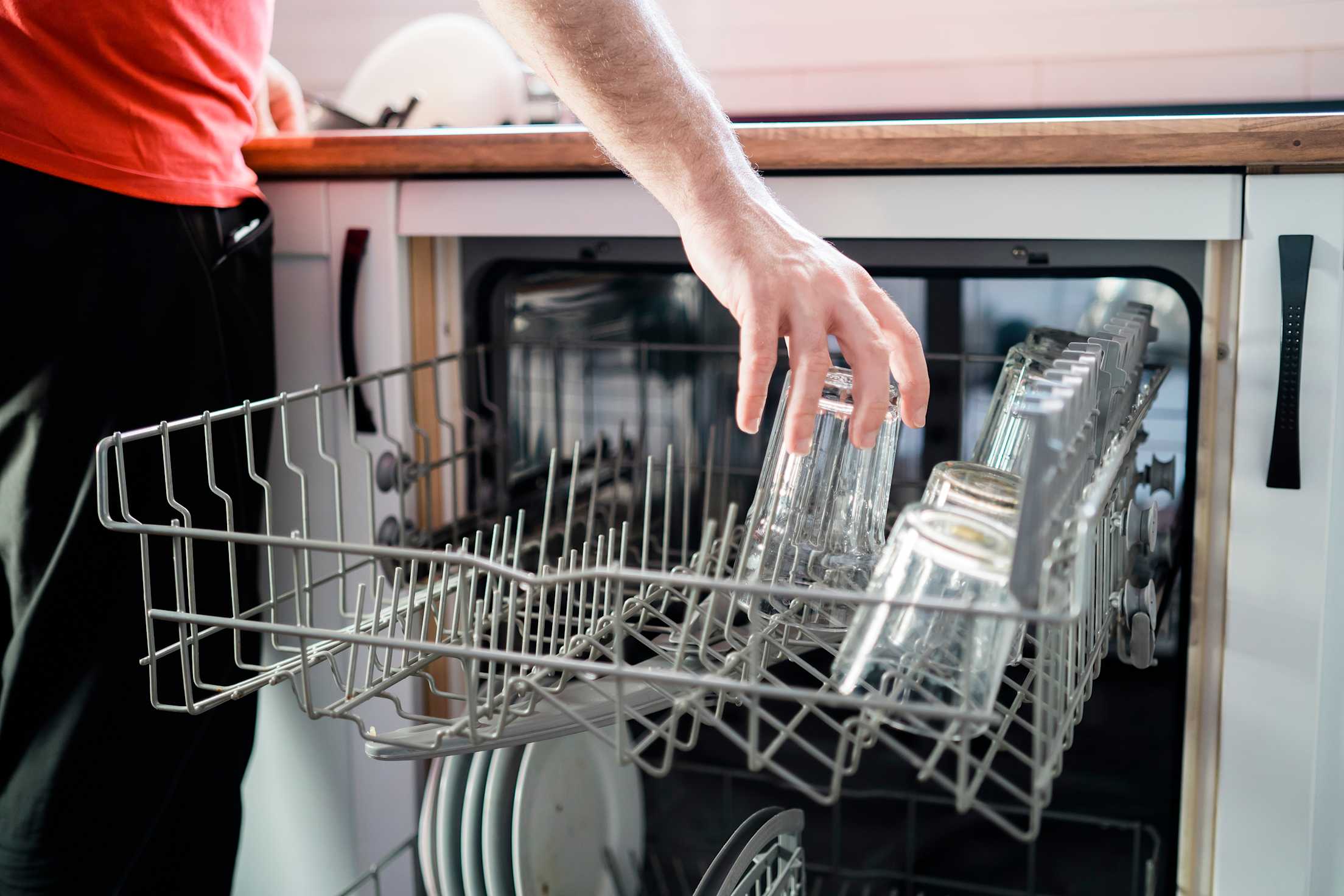
How to Make Your Home More Energy Efficient This Summer
Stay cool inside while cutting high summer utility bills with these 9 simple steps.

Last July broke the record for the hottest month across the globe, and 2020 is on target to be the hottest year since tracking began 140 years ago. National Oceanic and Atmospheric Administration scientists have estimated that most of the years in the next decade will also top the charts.
Higher temps aren’t good news for our summer energy bills. Cooling is the biggest energy hog in homes. It is responsible for more than 15 percent of home electricity use according to the U.S. Energy Information Administration, and the average household in the U.S. spent $265 powering air conditioning in 2015. With so many of us spending more time at home than in summers past and the rising costs of electricity, utility bills will likely be higher too.
So how do you keep your home cool without racking up a staggering utility bill? This list of nine tips—from free swaps to home upgrades—are a good place to start.
1. Do a detailed home energy audit.
The best way to target where to save is to take a deep dive into your home’s energy use. While you can perform a DIY energy audit, a professional inspector can give you even more insight with diagnostic tests, including testing air ducts for leaks or improper insulation; testing windows, doors, and other areas for potential air leaks; and using infrared scans to find areas prone to heat gain. Many utility companies offer discounted home energy audits, but you can also search for an HERS certified energy auditor in your area.
2. Feel the breeze.
Natural ventilation and fans can help you create a comfortable temperature inside. If you live somewhere with cooler nights, open the windows, doors, and vented skylights in the evening and early morning to drop the indoor temperature. Consider hiring a professional to install a whole house fan in the top floor ceiling to help draw the hot air out and pull the cool air in.
When you can, turn on a fan before you flip the air conditioning switch. The average ceiling fan uses less than 2 percent of the energy required to run a typical central air condition according to the utility provider Southern California Edison. While ceiling fans don’t drop the actual temperature in the room, they make the air feel roughly 4°F cooler according to the U.S. Department of Energy. When you can’t skip the AC, using a ceiling fan and raising the thermostat by just two degrees can reduce air conditioning costs by up to 14 percent, according to the U.S. Environmental Protection Agency. Turn off all fans when you leave the room, or install motion-detector switches so they turn off automatically and prevent unnecessary energy use.
Bathroom and kitchen exhaust fans can also help remove hot, humid air. When you’re done bathing or cooking, set a timer for 20 minutes to remind you to turn them off.

In the summer, set your thermostat to 78°F or higher.
3. Use air conditioning strategically.
One of the best ways to save on your summer energy bills is to forgo the AC, but that’s not always possible. These simple changes can help you reduce how much energy you use while still providing much needed cooling:
- Turn the AC off or set it to 85°F when you leave. The system will use more energy maintaining a lower temperature all day then it will to quickly cool your house down from a higher temperature when you get home. A smart thermostat can do this for you and allow you to start cooling the house down while you make your way home or before daily peak power rates go into effect.
- Set your thermostat to 78°F or higher. You can save up to 10 percent on cooling by turning the thermostat up 7°–10°F according to the U.S. Department of Energy. Aim for the set point that is as high as comfortably possible.
- Only run the AC in the rooms you are currently using, if you have a split system or individual room/window units and can close off the rest of the house. Otherwise, leave all of the vents open. It doesn’t make your system more efficient to close vents in unused rooms, and it may increase the pressure in the duct and lead to leaks.
- Clean or replace your filters. It takes less energy to move air through clean filters. Consider replacing them once a month during the peak of the heat.
- Check the ducts to make sure they are insulated and properly sealed. Duct leaks can add hundreds of dollars to your bill according to the U.S. Department of Energy.
- Ensure your thermostat is properly placed. It should be on an indoor wall of a room you frequently use, away from vents, drafts, and direct sunlight. If it’s not, an HVAC specialist can help you relocate it. You should also keep televisions, lamps, and other devices that release heat away from the thermostat.
- Consider upgrading to an Energy Star air conditioner. Depending on your use and existing model, a new, energy-efficient air conditioner can save you more than $160 a year, according to the EPA’s Energy Star program. When you upgrade, make sure the air conditioner is the right size and type for your space. An oversized unit wastes energy and is less effective at reducing humidity, an important part of making a room feel cool.
A new energy-efficient system can lower energy use by 20 percent or more, but you can cut your cooling bill in half if you combine it with proper air sealing, insulation, and thermostat settings according to the Department of Energy.
4. Create shade.
One of the easiest ways to keep your home cooler is to close curtains or blinds on any windows that get strong, direct sunlight throughout the day. Tight-fitting insulated cellular shades can reduce unwanted solar heat through windows by 80 percent. Outdoor shade coverings and awnings can save up to $140/year on energy bills according to PG&E. You can also apply removable heat-control window films (found at most hardware stores) to reflect UV rays without fully blocking the light or your view.
5. Hang out.
Hang your clothes up outside or around your house to dry them. You’ll save energy and also prevent adding any unnecessary heat into your space if the dryer is indoors. If you need to run the dryer, do multiple loads in a row when the dryer is still warm to make it more efficient. Toss in wool or rubber dryer balls to help separate clothes and reduce drying time.

Check around doors and windows for air leaks.
6. Insulate and seal gaps.
Roofs can climb to 150°F or more in the summer sun. Line the attic with the right insulation for your climate to keep your home cooler in the summer and warmer in the winter. You may also want to install an attic fan to help remove built-up heat and properly ventilate the space.
Seal all air leaks around windows, doors, lighting and plumbing fixtures, switches and electrical outlets, and other openings. Air leaks are one of the biggest sources of energy loss in a home—all of the gaps in the average American house can “add up to the equivalent of a 3-foot by 3-foot hole in the wall,” according to the National Resources Defense Council. But the good news is that they are easy to fix with caulk, sealant, and weatherstripping. You can save between 10 and 20 percent on your heating and cooling bills just by closing those gaps and preventing leaks, according to the Department of Energy.
7. Turn your water heater down to 120°F.
While this is a good tip for any time of the year, the relief of a cool shower is a good reminder to turn the dial. Heating water accounts for approximately 20 percent of your household energy use, and a higher temperature setting means you are using more energy to warm the water and keep the full tank hot. Now’s also a good time to ensure your water heater is properly insulated and perform any necessary maintenance tasks.
8. Replace the old pool pump.
Did you know that a pool pump can be the second largest energy hog in your home? Older models are especially draining. An Energy Star-certified variable speed pump can use 70 percent less energy, cut $350 a year from your electricity bill, and save you nearly $3,000 over its lifetime, according to Energy Star.

Skip the heated dry on the dishwasher and let them air dry in the machine when the wash cycle is done instead.
9. Look for hidden sources of heat and energy drains.
Small things around the house can crank up the heat and eat up energy. Here’s how to rein in unexpected sources:
- Switch to LED bulbs. Ninety percent of the energy used by an incandescent bulb is given off as heat, not light. Added bonus, you can save up to $260 a year by making the switch, according to PG&E.
- Run the dishwasher late at night or early in the morning. Always wash full loads, and use the delay start feature to clean during the coolest part of the day. Use the energy-saving, cool-dry cycle if your dishwasher has one. If not, Southern California Edison recommends turning it off after the final rinse and opening the door to let dishes air dry. Skipping the heated dry can reduce energy use by 40 percent.
- Give the oven a break. Fire up the grill, eat more meals that don’t require extensive cooking, or use a pressure cooker, slow cooker, or a toaster or countertop oven instead. Cook in bigger batches so you can simply microwave leftovers on the hottest nights.
- Use a power strip to turn off electronics. Your computer, television, gaming or streaming consoles, and other electronics all generate heat and gobble up power, even when they’re off. You can save up to $280 a year by plugging them into a power strip and turning it off when they’re not in use, according to PG&E.
- Keep food cold. Refrigerators pull heat out of the interior and release it into your space, and an overworked or inefficient fridge can put off noticeable heat. Vacuum its coils if you haven’t in the last year. Test the seal—if it can’t securely hold a dollar bill when shut, it should be replaced or the hinge should be adjusted. Counterintuitively, a full freezer requires less energy to keep everything at the right temperature. And finally, consider replacing older appliances with Energy Star models and unplugging secondary units when not required.